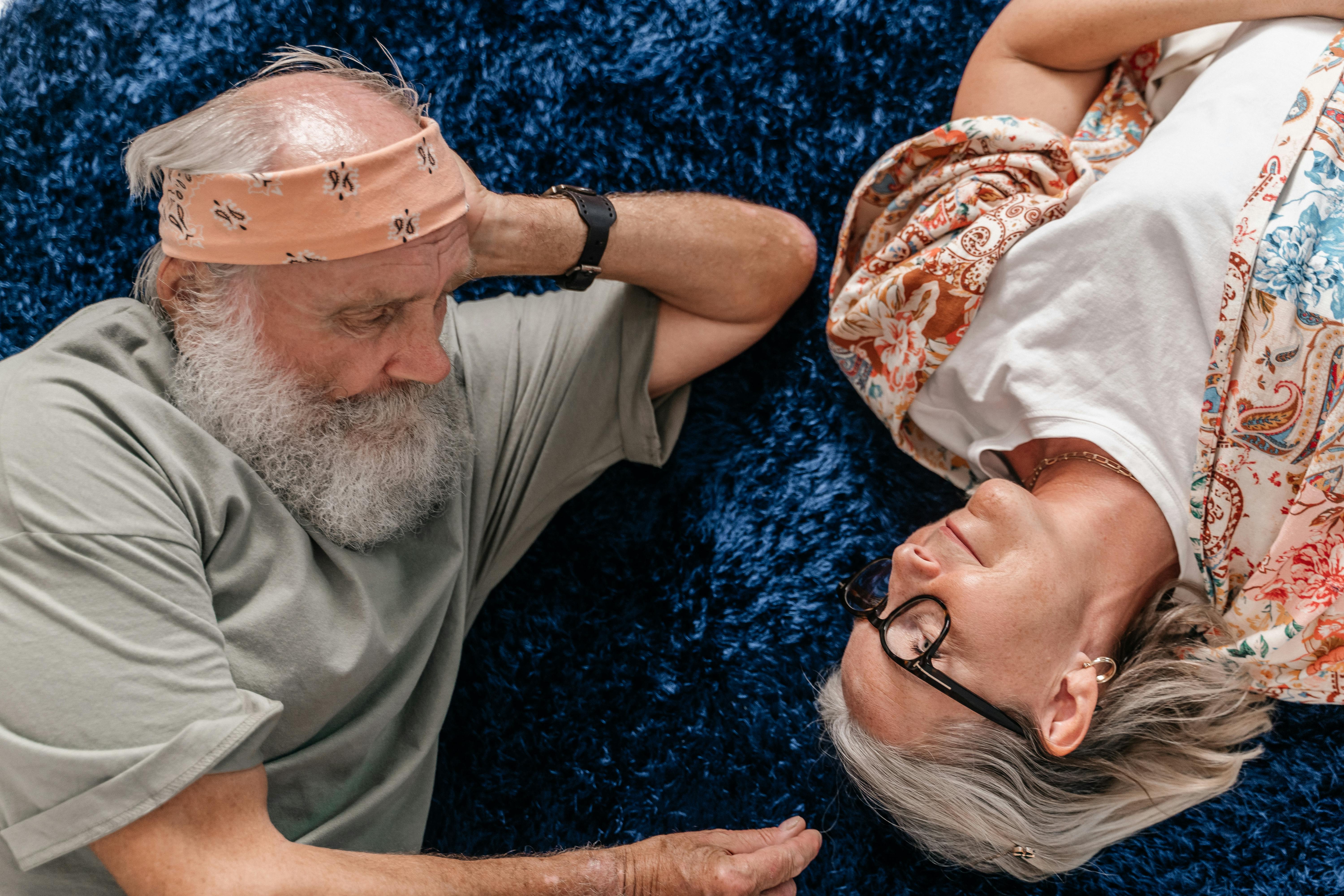Scaling Language-Free Visual Representation Learning

Top post
Visual Representations Without Language: Scaling the Learning Process
The world of Artificial Intelligence (AI) is in constant motion. A particularly dynamic field of research is visual representation learning. This involves enabling AI systems to "understand" images and videos and interpret their content. Traditionally, linguistic descriptions play a central role. However, a new trend focuses on learning visual representations without the use of language – so-called "language-free" learning. This approach holds great potential for various applications, from image search and robotics to medical diagnostics.
The Challenges of Language-Based Learning
Previous methods in visual representation learning often rely on large, annotated datasets in which images are linked to text descriptions. However, the creation of such datasets is time-consuming, expensive, and can lead to biases, as the descriptions depend on human interpretations. Furthermore, the availability of annotated data in different languages limits the use of these models in multilingual contexts.
The Advantage of "Language-Free"
Language-free learning bypasses these problems by learning directly from visual data without relying on linguistic descriptions. This enables the use of significantly larger, unannotated datasets and leads to more robust and generalizable models. Another advantage is cultural independence: Since no linguistic descriptions are used, the models can be used more universally and are less susceptible to culturally specific interpretations.
Methods of "Language-Free" Learning
Various methods are being explored in the field of language-free visual representation learning. These include:
- Self-Supervised Learning: Here, the model learns by making predictions about parts of an image that are hidden, for example, by masking. - Contrastive Learning: This method is based on the comparison of similar and dissimilar images to extract the relevant visual features. - Clustering: Similar images are grouped together to learn representations that reflect the underlying visual structures.Scaling for Better Results
Current research shows that scaling language-free learning – i.e., using larger models and datasets – leads to significant performance improvements. By using billions of images, the models can capture more complex visual relationships and generate more accurate representations. This opens up new possibilities for applications in areas that were previously inaccessible to AI systems.
Future Perspectives
Language-free visual representation learning is a promising field of research with great potential. The development of more efficient training methods and the availability of ever-larger datasets will further improve the performance of these models. In the future, language-free models could play a central role in various AI applications and contribute to a deeper understanding of the visual world.
Bibliographie: Bansal, A., Coenen, A., Conneau, A., & Guadarrama, S. (2021). Learning Transferable Visual Models From Natural Language Supervision. _35th Conference on Neural Information Processing Systems (NeurIPS 2021)_. Chen, T., Li, X., Li, Y., Qiao, Y., & Yan, S. (2023). Scaling Language-Image Pre-training via Masking. _2023 IEEE/CVF Conference on Computer Vision and Pattern Recognition (CVPR)_. Deng, J., Dong, W., Socher, R., Li, L.-J., Li, K., & Fei-Fei, L. (2009). ImageNet: A large-scale hierarchical image database. _2009 IEEE Conference on Computer Vision and Pattern Recognition_. Jia, X., Wei, Y., Xia, X., Chen, W., Xie, X., & Shen, C. (2021). Scaling up visual representation learning with noisy text supervision. _International Conference on Machine Learning_. Radford, A., Wu, J., Child, R., Luan, D., Amodei, D., & Sutskever, I. (2021). Learning Transferable Visual Models From Natural Language Supervision. _OpenAI_. Li, Y., Yang, H., Fan, H., Wu, B., Zhang, Y., & Huang, J. (2023). Efficient Large-Scale Visual Representation Learning And Evaluation. Banani, A., Reddy, K. A., Arnab, A., Torralba, A., & Efros, A. A. (2023). Learning Visual Representations via Language-Guided Sampling. _2023 IEEE/CVF Conference on Computer Vision and Pattern Recognition (CVPR)_. Zhumich, R. (n.d.). _Contrastive Learning NLP Papers_. GitHub. Cole, E., Dziri, N., Ainouze, R., El-Nouby, A., Charoenphakdee, N., Liu, T., … & Dauphin, Y. (2025). Scaling Language-Free Visual Representation Learning. _arXiv preprint arXiv:2504.01017_. Grill, J.-B., Strub, F., Altché, F., Tallec, C., Richemond, P. H., Buchatskaya, E., … & Valko, M. (2020). Bootstrap your own latent: A new approach to self-supervised Learning. _Advances in Neural Information Processing Systems_..png)


